In the early days of the atomic age, Soviet students debated whether it was nobler to become a physicist or a poet. Some of them seem to have been genuinely torn, and one of those may well have been Anatolii Diatlov, who was the deputy chief engineer at Chernobyl during the late-night turbine test that led to the 1986 explosion. Such was Diatlov’s reverence for verse that he described the great blasts of steam, hot water and machine oil, along with the violent crackling and popping of the inundated electrical system, as ‘a picture worthy of the pen of the great Dante’.
The disaster, as Serhii Plokhy shows in his haunting new history, left Ukrainians grasping for similes and allegories. One of Diatlov’s colleagues reached for ‘Hiroshima’.Locals recalled the German invasion of 1941 and the ‘star called Wormwood’ that embitters the waters in the Book of Revelation (Chernobyl means ‘wormwood’ in Ukrainian and the city sits at the delta of the Prypiat and Uzh rivers). Thanks to Soviet censorship, no one spoke of the 1957 accident at the weapons-grade plutonium plant in Ozersk, Russia, which had led to the creation of the first ‘exclusion zone’ and the resettlement of 12,000 people.
For most western observers, Soviet dissidents and eventually for Mikhail Gorbachev himself the necessary language was that of a civics lesson, although it’s unclear how well it stuck. When Plokhy joined a recent tour of Chernobyl he found that the young Brits in his group had come to the subject through first-person shooters; and that his Ukrainian guide didn’t recognise a portrait of the former KGB head, Viktor Chebrikov. Plokhy, who lived 500km from the reactor at the time of the accident — and later learned that his thyroid had been inflamed by radiation — felt a duty to breathe fresh meaning into the disaster.
He starts by reviving the civics lesson, combing through the details of how Gorbachev’s pre-perestroika emphasis on uskorenie, or ‘acceleration’ (meaning advancement though science and technology within a basically sound Leninist system) relied on ingrained Stalinist management habits, typified by hectoring, humiliation and impractical deadlines and quotas. Careerist managers — among whom the energy minister Anatolii Maiorets emerges as a particularly snaky character — promised the party miracles as they forced deadly compromises on the operators of an already flawed reactor.
Ploky also foreshadows the post-Chernobyl turn to glasnost by showing how many people foretold the tragedy within the limits of Soviet censorship. Nikolai Dollezhal, the reactor’s designer, published his doubts that it was safe enough for use in Europe. Liubov Kovalevskaia, a journalist in the factory town of Prypiat, publicised serious construction problems before the plant opened in 1977. Viktor Briukhanov, the plant’s director, complained to the press about less-than-ideal habits of operation: ‘God forbid that we suffer any serious mishap — I’m afraid that not only Ukraine but the Union as a whole would not be able to deal with such a disaster.’
This is an ambitious work. Plokhy’s range, from scene-setting and character-sketching to hard science and political analysis, is near-Tolstoyan. His voice is humane and inflected with nostalgia. His Chernobyl and Prypiat emerge vividly — as perhaps all disaster-afflicted cities must — as shattered idylls. They were home mainly to young professionals and young families. Young couples had weddings planned. The average age in Prypiat was 26. The explosion happened on a Friday night; many residents had lost the previous Saturday to unpaid labour celebrating Lenin’s birthday and were looking forward to a weekend of fishing, collecting birch sap and planting potatoes in the verdant countryside.
People in the ‘zone’ often described their post-irradiation experience as a journey between worlds. The meaning they made from the disaster was revealing. Some of it, like the fantasies about foreign sabotage, was unattractive, as was the language of the officials obliged to speak of ‘counting lives’ needed to accomplish various tasks. But there was horror movie heroism in the language of pilots, workers and conscripts who struggled to prevent a second, more severe explosion. It contained such black jargon as ‘biorobots’ (meaning themselves) and ‘coffin money’ (meaning their financial incentives).
Since Moscow controlled nuclear power in the USSR, the disaster proved an impetus to both Ukrainian independence and the end of the Soviet Union. Yet it is astounding how quickly anti-nuclear feelings — underpinned by the idea that Moscow had used Ukrainians as guinea pigs — metamorphosed after 1991 into nuclear nationalism. Proud workers kept the remaining three reactors going until the government closed the plant under international pressure in 2000. Plokhy worries about such recklessness in the wider world in an age of anti-globalist populism. The power of the atom still entrances the world’s pharaohs. Was it a poet who named the shelter over the faulty reactor a ‘sarcophagus’?
Got something to add? Join the discussion and comment below.
Get 10 issues for just $10
Subscribe to The Spectator Australia today for the next 10 magazine issues, plus full online access, for just $10.
You might disagree with half of it, but you’ll enjoy reading all of it. Try your first month for free, then just $2 a week for the remainder of your first year.

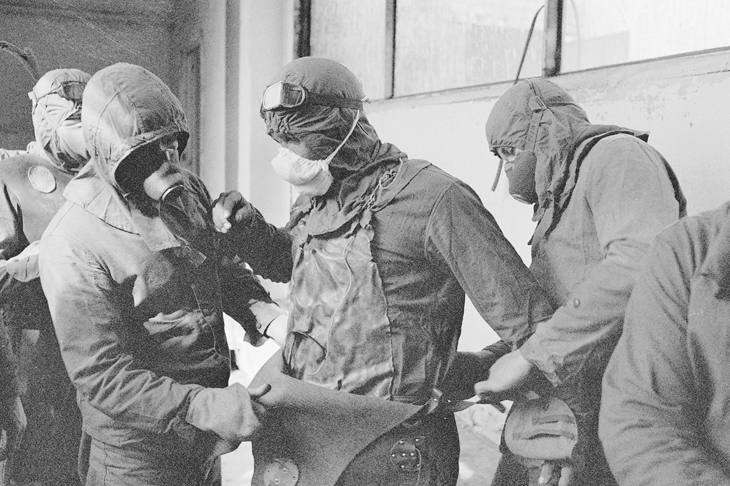
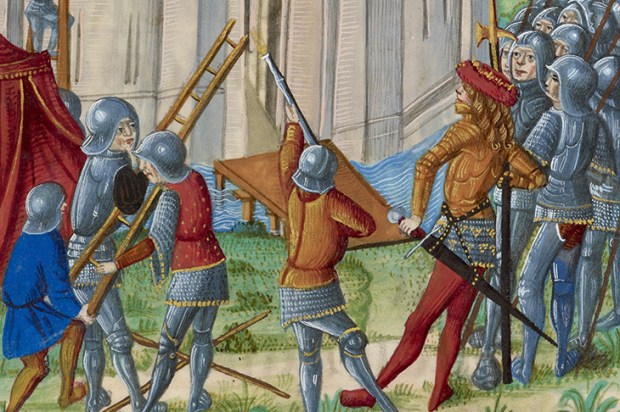
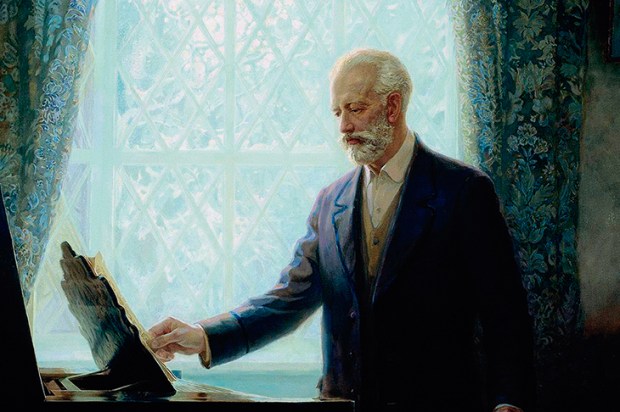
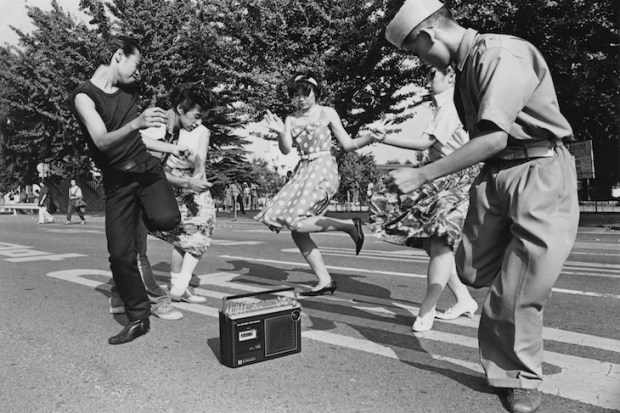
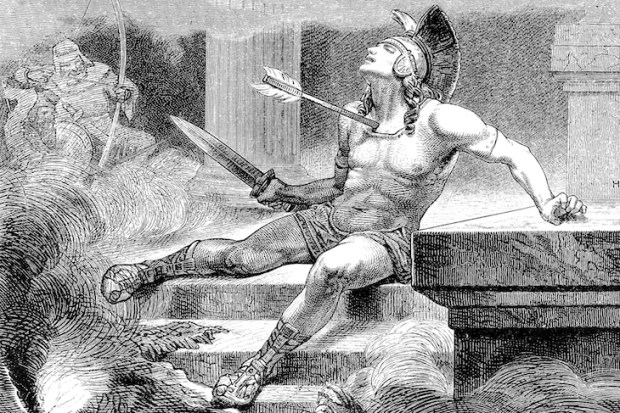

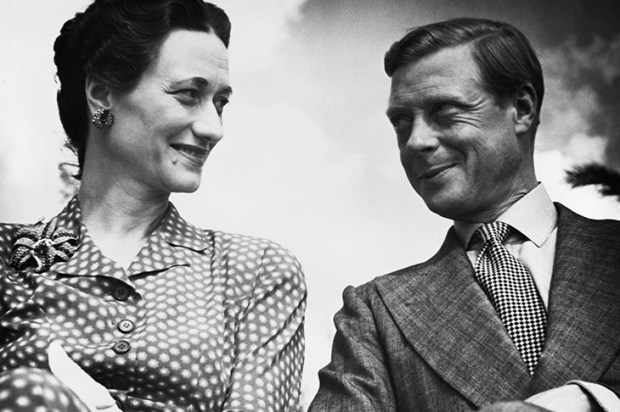






Comments
Don't miss out
Join the conversation with other Spectator Australia readers. Subscribe to leave a comment.
SUBSCRIBEAlready a subscriber? Log in